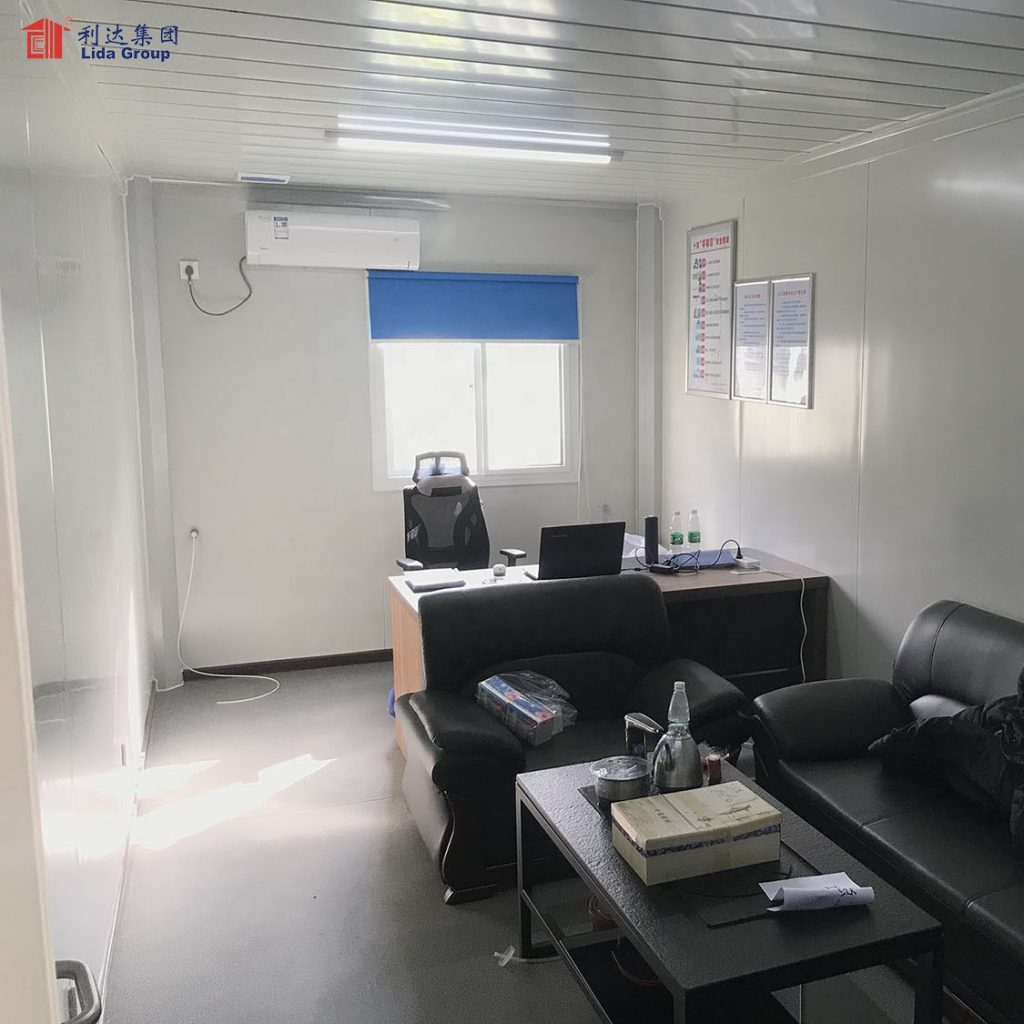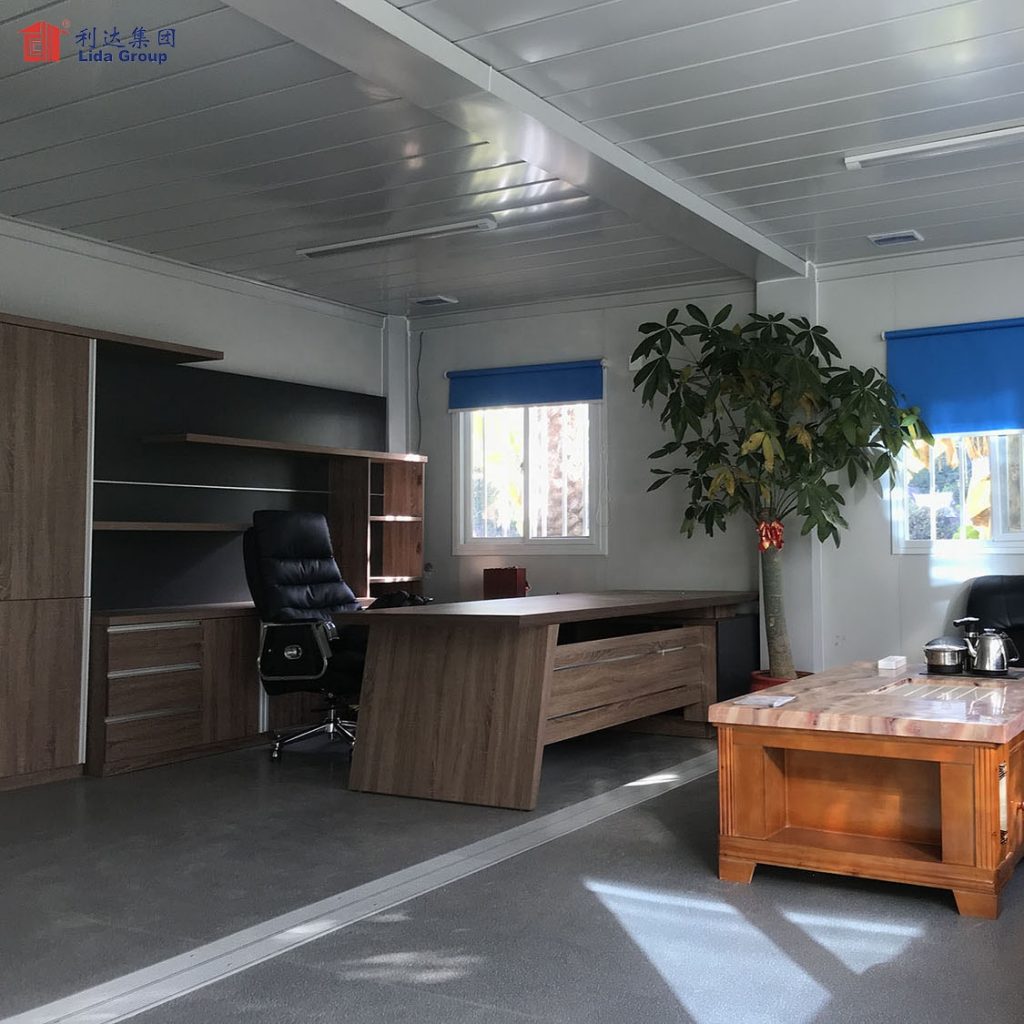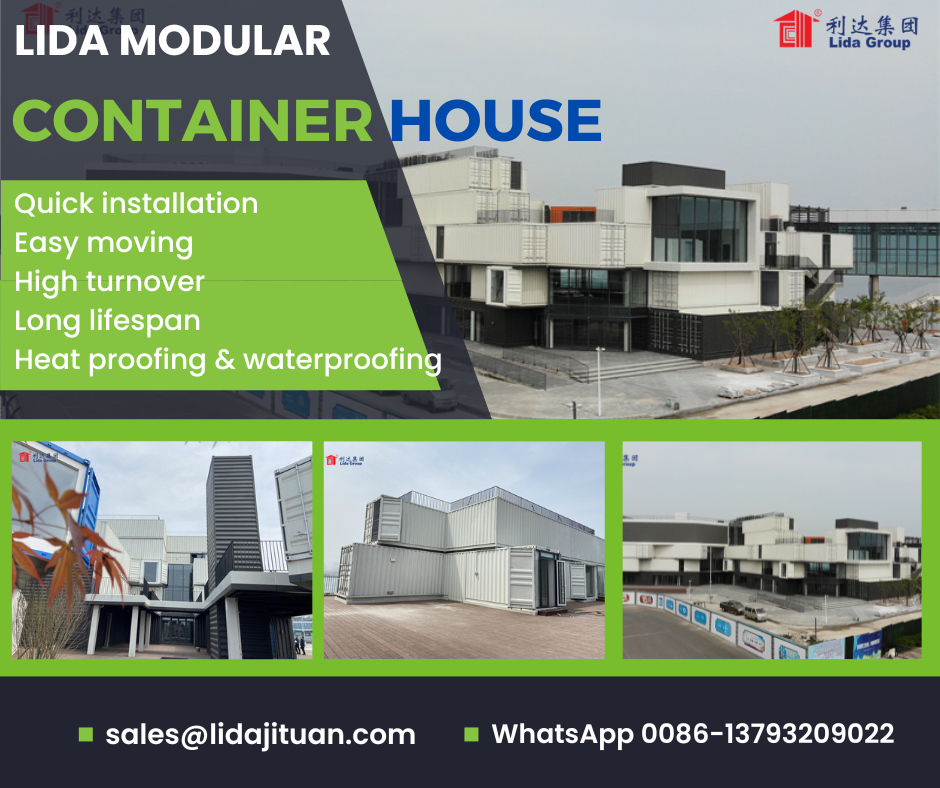As the construction industry evolves to meet demands for more sustainable and efficient building methods, prefabricated and manufactured housing have emerged as popular options for both homebuyers and contractors. Prefabricated, or “prefab”, housing refers to building components that are manufactured off-site in a controlled factory environment before being transported and assembled on-site. Manufactured housing, or what is commonly known as “mobile homes” are built entirely in factories on permanent chassis and transported to sites where they are installed on foundations or piers.
Both prefabricated homes and manufactured housing provide advantages for builders in terms of reduced construction timelines and costs compared to traditional site-built homes. They also deliver advantages to buyers in terms of sustainability through optimized materials usage and reduced waste. However, securing financing to purchase a prefab or manufactured home can present unique challenges versus a standard site-built home. This article will explore the mortgage options and loans available specifically for purchasing prefabricated and manufactured housing.

Mortgage Options for Prefabricated Homes
For buyers interested in purchasing a prefabricated home, which is transported to the site for assembly rather than built entirely on-site, standard mortgages from most large banks and lenders can typically be used to finance the purchase. Since prefabricated homes are built to the same building codes and safety standards as site-built homes, they qualify for traditional mortgages in the same way.
Buyers will work with their lender to qualify for a loan amount and mortgage type, such as a 15-year or 30-year fixed-rate loan, based on their income, credit rating, down payment amount, and other financial factors as with any standard home loan. The prefabricated home itself must also meet the lender’s collateral standards by having a properly installed permanent foundation on-site.
Buyers do need to verify with their lender that the specific prefabricated home model and manufacturer they have selected is eligible to be used as collateral for the loan. Reputable prefab home manufacturers like Lida Group, based in Zhuhai, China, work to ensure their building systems and components meet all necessary codes and standards for mortgage approval. Experienced contractors specializing in prefab construction can also help navigate the process and documentation needed by lenders.
Loans for Manufactured Homes
Financing the purchase of a manufactured home, also known as a HUD code mobile home, involves some unique loan programs and documentation compared to site-built homes. This is due to manufactured homes being classified by the U.S. Department of Housing and Urban Development(HUD) as personal rather than real property when tied to their chassis without a permanent foundation.
Two main loan types have been established specifically for financing manufactured housing:
– Chattel Loans: Also called personal property loans, chattel loans are secured by the manufactured home as a movable item of personal property rather than real estate. Interest rates tend to be higher than traditional mortgage
– Land-Home Loans: When a manufactured home is placed on a parcel of land that is also financed, a land-home or real estate loan can be used. This type of loan treats the home and land as one real estate deal. Rates will be higher than a site-built mortgage.
Certain HUD-approved lenders specialize in these manufactured home loan programs and are required to follow HUD guidelines regarding maximum loan amounts and terms, which are often lower than conventional mortgages. Experienced manufactured home retailers and contractors can help homebuyers navigate loan options and paperwork including applying for titles and obtaining home appraisals.

Down Payment Assistance Options
One hurdle for many homebuyers, whether purchasing site-built, prefabricated or manufactured homes, is saving for the required down payment which is normally at least 3-5% of the home’s purchase price. While FHA loans allow 3.5% down for certain buyers, coming up with even a few thousand dollars can be a struggle.
Thankfully, several sources of down payment assistance exist specifically aimed at increasing homeownership through prefab or manufactured housing:
– State and local housing programs: Many state and local governments offer down payment assistance in the form of grants or deferred low-interest loans. Programs target affordable housing and often include prefabricated and manufactured homes.
– USDA Rural Development: Administers grant and direct loan programs to help very-low to moderate income households purchase new or existing manufactured homes in rural communities.
– Manufactured Housing Communities: Some owners of communities where manufactured homes are installed provide resident purchase programs including down payment assistance. This helps fill homes and reduce vacancies.
– Non-profit Organizations: Groups like Habitat for Humanity and local housing partnerships provide assistance through no-interest loans or grants to qualified buyers of modest means. Prefab and manufactured may be included.
Utilizing available down payment assistance can help lower barriers for first-time homebuyers seeking the affordability and efficiency benefits of prefabricated or manufactured housing. Working with knowledgeable manufactured home retailers, community owners and non-profits can help access the various funding sources.
Future Growth Predictions
Industry experts project continued growth in demand for prefabricated and manufactured housing solutions in coming years as more contractors adopt modular building practices and homebuyers appreciate the value, speed and sustainability of prefab options. In fact, manufactured housing currently comprises around 10% of new housing starts annually in the United States.
Prefabricated housing manufacturers like China-based Lida Group have branched into modular classrooms, dormitories and commercial buildings in addition to homes to serve multifamily and community development clients. Larger general contractors are also leveraging prefabrication through acquisitions of module and system suppliers for increased off-site capabilities.

Research indicates rising interest in prefabrication as a way to alleviate construction material shortages and labor costs negatively impacting site-built building. Standardizing prefab processes in controlled factory environments also enhances quality outcomes. Combined with available loan and financing programs, prefabricated and manufactured homes will likely remain an affordable housing solution for many buyers in years ahead. With continued innovation, prefab construction methods may establish an even stronger longterm foothold within the overall building industry globally.
In conclusion, prefabricated and manufactured housing purchase financing has advanced significantly with the establishment of dedicated loan programs and resources for down payment assistance. Options now exist to enable homebuyers of varying economic means to realize the benefits of prefab construction in a sustainable, affordable manner. With supportive industry growth and adoption of integrated modular building practices, prefabrication maintains strong future prospects as a housing sector leader.

Related news
-
Prefab Styles Decoded: Choose from Traditional, Contemporary, Tiny or Multi-Unit Designs.
2023-08-10 17:03:46
-
Structural Integrity: Demystifying Prefab Construction and Its Strength and Durability.
2023-08-10 17:33:19
-
Saving with a Prefab: Lower Building Costs, Fewer Utility Bills and Minimal Maintenance Expenses.
2023-08-10 17:49:02
contact us
- Tel: +86-532-88966982
- Whatsapp: +86-13793209022
- E-mail: sales@lidajituan.com


